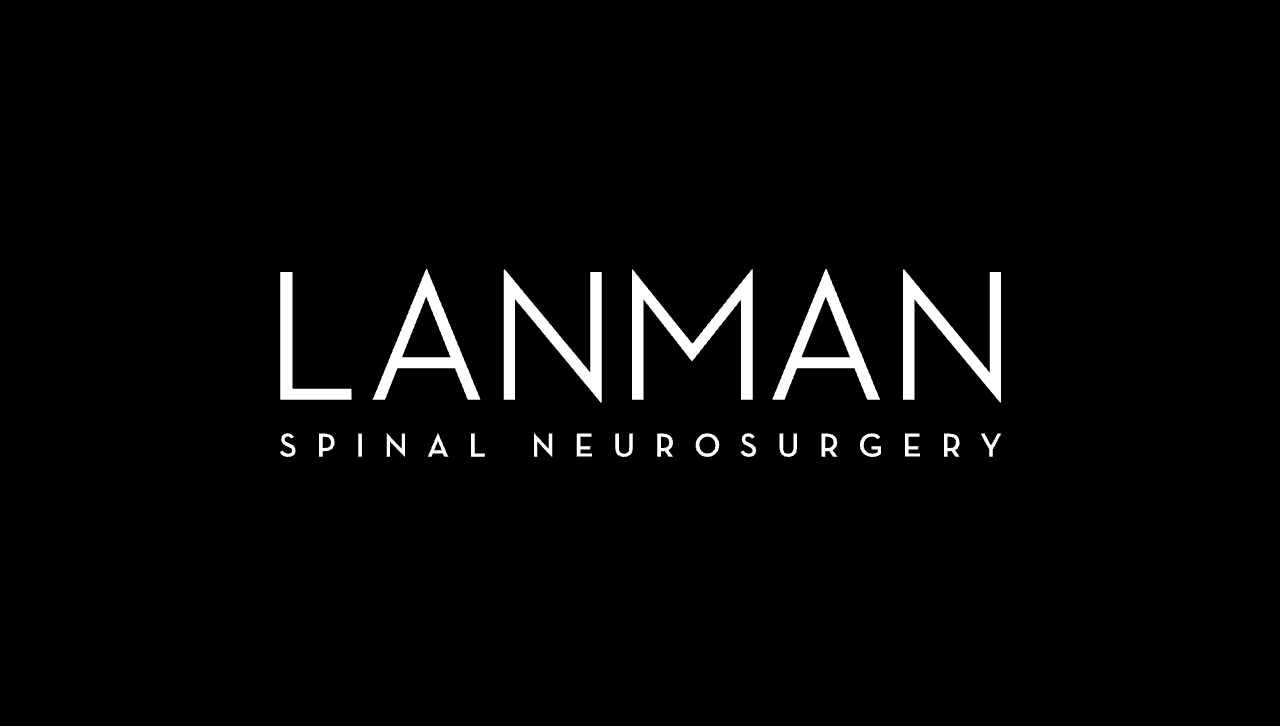Introduction
Degenerative Disc Disease (DDD) is a common spinal condition that affects millions of people worldwide. Understanding the progression of DDD through its various stages is crucial for effective management and treatment. Dr. Todd Lanman, a distinguished authority in the field of spinal surgery with decades of experience, offers valuable insights into DDD. In this article, we will explore the four stages of Degenerative Disc Disease, shedding light on the importance of early detection and personalized care.
What is Disc Degeneration Disease?
Degenerative Disc Disease is a condition characterized by the gradual deterioration of the discs that act as cushions between the vertebrae in the spine. To comprehend the stages of DDD, it’s essential to differentiate between healthy, normal discs and those affected by degeneration.
What causes degenerative disc disease?
The exact cause of DDD is multifaceted and can include factors such as genetics, lifestyle, and the natural aging process. Wear and tear over time lead to changes in the discs’ structure, resulting in degeneration.
What are the risk factors for degenerative disc disease?
Several risk factors make individuals more susceptible to Degenerative Disc Disease:
Aging: The natural aging process can lead to disc degeneration.
Genetics: A family history of DDD can increase one’s risk.
Smoking: Smoking is a known risk factor for DDD.
Obesity: Excess weight places additional stress on spinal discs.
Occupation: Jobs that involve heavy lifting or repetitive bending can contribute.
Physical Activity: A sedentary lifestyle or excessive high-impact activities can play a role.
Stages of Degenerative Disc Disease
Stage 1: Disc Degeneration (Initial Changes)
Disc Dehydration: In the early stage of DDD, the intervertebral discs lose their ability to retain water, causing dehydration. This results in a reduction of disc height and may lead to a decrease in the space between adjacent vertebrae.
Minor Tears and Cracks: The outer layer of the disc, known as the annulus fibrosus, may develop minor tears and cracks. These can contribute to disc instability and the potential for future damage.
Mild Pain and Discomfort: At this stage, individuals may experience mild to moderate back pain, especially after prolonged sitting or physical activity. The pain is often intermittent and can be managed with conservative treatments.
Stage 2: Prolapse (Bulging Disc)
Disc Bulging: As the condition progresses, the inner core of the disc (nucleus pulposus) may push against the weakened annulus fibrosus, causing the disc to bulge outward. This can put pressure on adjacent structures, such as nerves and spinal cord.
Increased Pain and Discomfort: Individuals may experience increased and more persistent pain, often radiating into the arms or legs. This is due to the compression of nerves or spinal cord by the bulging disc.
Stage 3: Herniation (Ruptured Disc)
Disc Herniation: In this stage, the outer layer of the disc may develop a tear or rupture, allowing the inner nucleus pulposus to extrude through the annulus fibrosus. This condition is commonly known as a herniated disc or slipped disc.
Severe Pain and Symptoms: Herniated discs can cause severe and often constant pain, as well as other symptoms such as numbness, tingling, and muscle weakness in the areas served by the affected nerves. The extent of these symptoms can vary depending on the location and size of the herniation.
Stage 4: Severe Degeneration (Advanced Changes)
Loss of Disc Height: In the advanced stage of DDD, the affected discs may lose a significant amount of height, resulting in a decrease in the space between the vertebrae.
Bone Spurs (Osteophytes): To compensate for the loss of disc height and instability, the body may form bony growths, known as bone spurs, along the edges of the vertebrae. These can further impinge on nerves and spinal structures.
Chronic and Debilitating Pain: At this stage, individuals may experience chronic and debilitating pain, reduced mobility, and limitations in their daily activities. Surgical intervention may be considered for pain management and stabilization.
What is the treatment for degenerative disc disease?
The treatment for Degenerative Disc Disease (DDD) typically begins with conservative or non-surgical approaches and may progress to surgical interventions in more severe cases. The choice of treatment depends on the stage and severity of the condition, the individual’s symptoms, and their overall health. Here are the various treatment options for DDD:
Conservative Management
Physical Therapy: Physical therapists can design exercise programs to strengthen the muscles supporting the spine, improve flexibility, and alleviate pain. These exercises can also promote better posture and body mechanics.
Pain Medications: Over-the-counter pain relievers (e.g., NSAIDs) can provide temporary relief. In some cases, stronger prescription medications may be necessary, but their long-term use should be carefully monitored.
Heat and Cold Therapy: Applying heat or cold to the affected area can help reduce pain and inflammation.
Lifestyle Modifications: Lifestyle changes, such as maintaining a healthy weight, quitting smoking, and proper body mechanics, can slow down the progression of DDD and alleviate symptoms.
Epidural Steroid Injections: Injections of corticosteroids into the epidural space around the spinal cord can reduce inflammation and provide temporary pain relief.
Chiropractic Care: Some individuals find relief through chiropractic adjustments, which aim to improve spinal alignment and reduce pressure on affected discs.
Rehabilitation
Physical Rehabilitation: Customized physical therapy programs can improve posture, flexibility, and strengthen the core muscles to support the spine.
Occupational Therapy: Occupational therapists can help individuals learn adaptive techniques for daily activities and ergonomics.
Surgical Interventions
Artificial Disc Replacement: ADR involves replacing the damaged disc with an artificial one, preserving spinal motion. ADR offers the advantage of maintaining flexibility and reducing stress on adjacent discs.
Spinal Fusion: In cases of severe DDD with debilitating pain and loss of disc height, spinal fusion may be recommended. This surgery fuses two or more vertebrae together, eliminating motion at the affected level. It can provide long-term stability but may limit spinal flexibility.
Laminectomy or Discectomy: In some cases of disc herniation with spinal cord compression, a laminectomy (removal of the lamina) or discectomy (removal of the herniated disc) may be necessary to decompress the spinal cord and alleviate associated symptoms.
When should I consider surgery?
The decision to pursue surgery is individualized and depends on factors such as the stage of DDD and the severity of symptoms.1 The decision to consider surgery for Degenerative Disc Disease (DDD) is a critical one and should be made in consultation with a spine specialist. It is typically reserved for cases where conservative treatments have proven ineffective or for individuals with severe symptoms and functional limitations. Here are some general guidelines to help determine when to consider surgery:
Failure of Conservative Treatments: If conservative treatments have not provided significant relief or have only offered temporary relief, and the pain or symptoms persist, surgery may be discussed as the next step.
Persistent Severe Pain: If you are experiencing chronic and severe pain that significantly impairs your quality of life, daily activities, and overall well-being, surgery may be a viable option. Pain that does not respond to conservative treatments, such as physical therapy or medication, may be an indicator.
Nerve Compression: When DDD results in nerve compression, leading to symptoms such as persistent numbness, weakness, or loss of function in the limbs, surgery may be necessary to relieve pressure on the affected nerves.
Progressive Neurological Deficits: If you are experiencing progressive neurological deficits, such as difficulty walking, loss of bowel or bladder control, or worsening weakness, surgery is typically indicated as a priority to prevent further nerve damage.
Severe Disc Height Loss: In cases where DDD has caused a significant loss of disc height and instability in the spine, surgery may be considered to stabilize the affected segment.2
Radiological Evidence: Radiological findings, including imaging studies like MRIs or CT scans, may show evidence of severe disc degeneration, herniation, or instability, supporting the need for surgery.2
Individual Assessment: Each case of DDD is unique, and individual factors such as age, overall health, and lifestyle goals should be considered. Your healthcare provider will evaluate your specific circumstances to determine the most appropriate timing for surgery.
Conclusion:
Understanding the four stages of Degenerative Disc Disease is paramount for early detection and individualized treatment. We encourage you to consult with Dr. Lanman and explore the resources mentioned in this article for a better understanding of this condition and its treatment.








